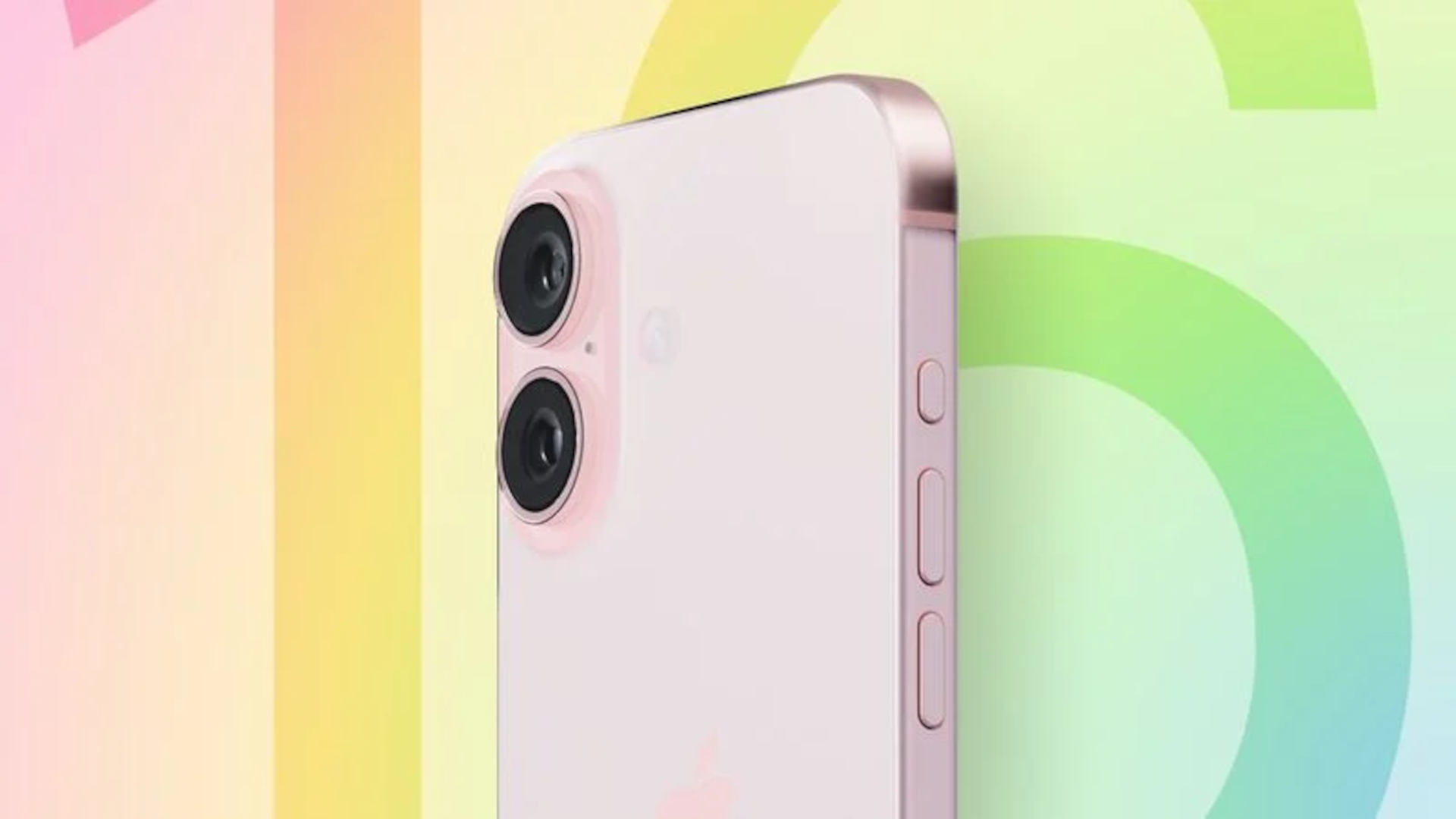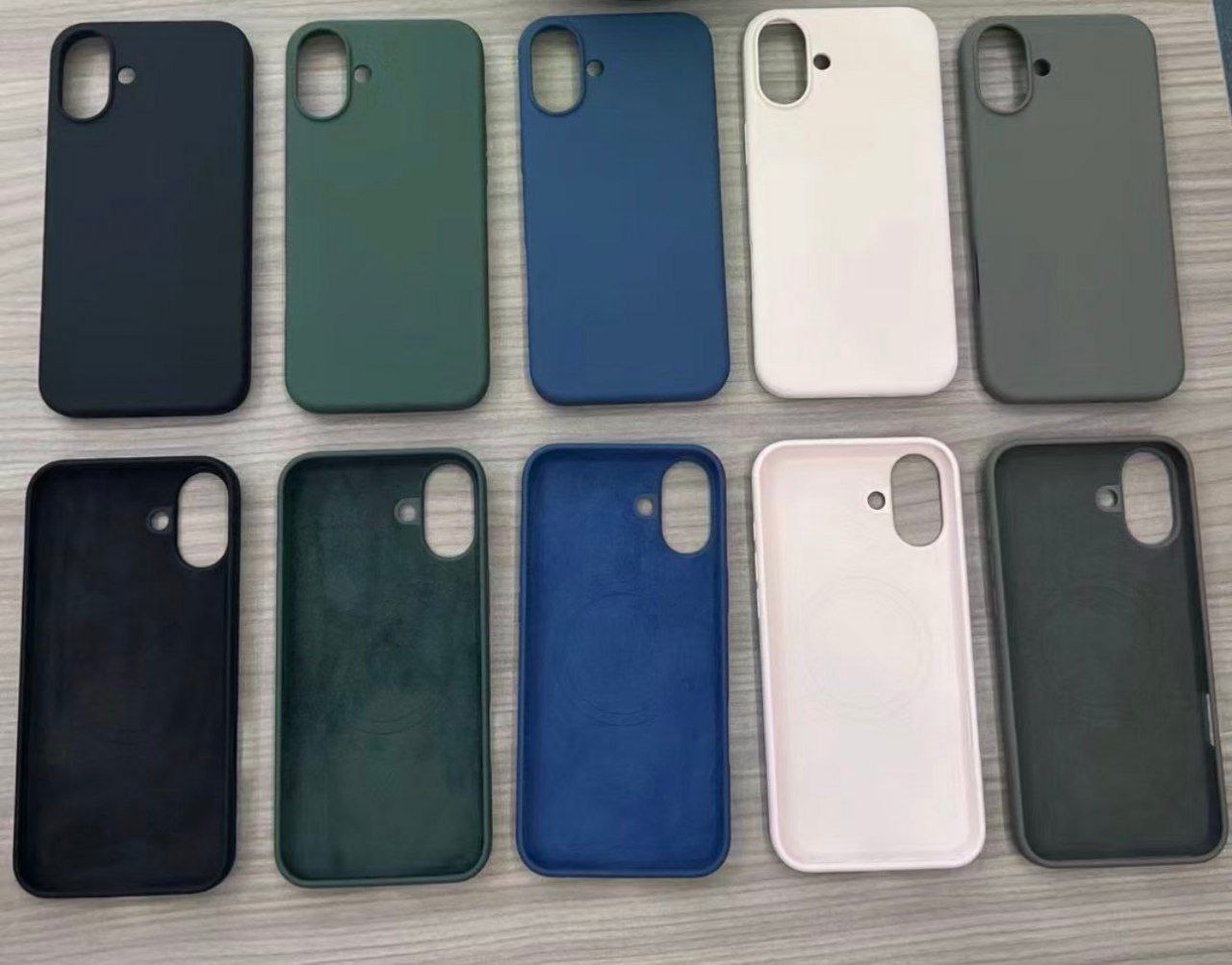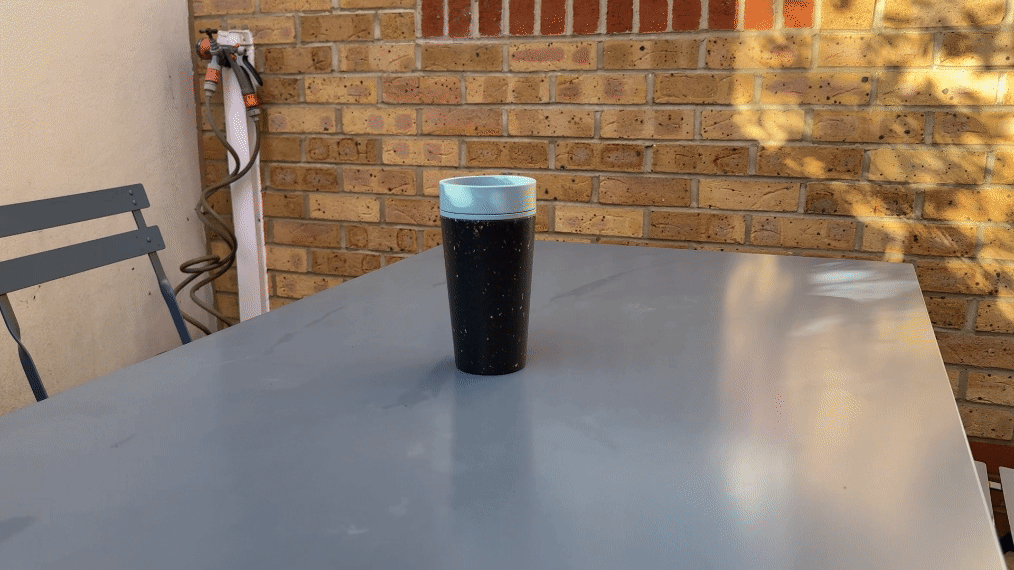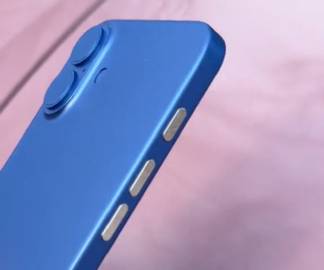Rumored iPhone 16 camera layout is the right move, even if it’s for the wrong reason
Forget spatial video — this redesign just looks good

Sometimes, good changes happen for strange reasons. It sounds like we're going to see a prime example of that this fall when the iPhone 16 arrives.
For a while now, we've heard reports that Apple is going to make a minor though welcome change to the look of its entry-level phones. Specifically, the iPhone 16 and iPhone 16 Plus are tipped to switch to vertically stacked cameras, switching from the diagonally aligned lenses that have been in place since the iPhone 13's debut.
What leaked iPhone cases tell us

Recent leaks have offered more proof that Apple's rearranging the shape of its camera lenses. Some rumored iPhone 16 cases surfaced, and they've got a cutout on the back to house vertically arranged cameras. A video of a reported iPhone 16 Plus case shows off the same thing.
Those leaked cases also seem to confirm a less prominent camera array than what you'll find on the iPhone 15, which features a relatively chunky square block that juts out from the back of the phone. Based on the cutout in those cases, the iPhone 16 array will be more oval and take up less space on the back of the phone. That should look a lot better.
pic.twitter.com/nLp6IrevOeJune 22, 2024
Of course, Apple isn't making this move purely out of aesthetic interests. Rather, it's something the company is doing in order to have more phones capable of shooting the kind of spatial video you can enjoy on the Apple Vision Pro and other headsets.
Spatial video's time to shine?

To record spatial video, you need to capture footage from the main and ultrawide cameras at the same time. That lends the video the sense of depth that makes you feel like you're watching a scene unfold directly in front of you. Right now, only the iPhone 15 Pro and iPhone 15 Pro Max have the necessary setup to record spatial video, but this redesign means that the iPhone 16 and iPhone 16 Plus — along with the iPhone 16 Pro models — will be able to do it, too.
And that's fine. Certainly, I'd never turn my nose up at the iPhone getting expanded capabilities. But I do wonder just how many people will take advantage of spatial video recording considering that the only way of viewing them within the Apple ecosystem requires you to buy a $3,499 headset.
I'd also wave off any talk that the iPhone 16's apparent camera lens setup could inspire to take the plunge on buying an Apple Vision Pro alongside their new phone. I enjoy immersive video as much as the next person, but I don't enjoy it to the tune of $3,499, and I imagine a not insignificant chunk of the buying public feels the same way.
Perhaps Apple is playing the long game here and looking to seed its user base with spatial video-capable iPhones with an eye toward a time when the cost of its headsets falls. Indeed, rumors suggest Apple may come out with a cheaper version of the Apple Vision Pro as soon as next year, though this one may require a tether to either a Mac or a phone. But there's another potential device that will be able to display any spatial videos you hapen to capture with your iPhone 16.
iPhone 16 outlook

Again, though, I don't think spatial video is going to factor in to too many iPhone 16 buying decisions. Even just concentrating on expected iPhone 16 vs. iPhone 15 changes, the position of the rear cameras is probably toward the bottom of most everyone's wish list.
Instead, the iPhone 16 changes that are going to grab the attention of would-be buyers is the likely addition of the Action button introduced with the iPhone 15 Pro. That will give iPhone 16 users access to a handy shortcut trick and allow them to take advantage of a new feature in the revamped iOS 18 Control Center. An added Capture button — apparently headed to all four iPhone 16 models — should be welcome, too, as it's supposed to give you instant access to your phone's camera.
But the biggest switch to the iPhone 16 will likely be Apple's decision to stop using older chipsets in its entry-level iPhones. Instead of getting the A17 Pro currently powering the iPhone 15 Pro models, the iPhone 16 looks like it's going to run on the same A18 chipset as the iPhone 16 Pro — maybe a less powerful version, but essentially the same silicon.
Stacked up against those improvements, how Apple positions the rear cameras on the iPhone 16 doesn't seem so significant. Still, I'm glad Apple is making the change, even if its reasons for doing are motivated by a misguided notion that we're all going to be shooting more spatial video going forward. Vertically stacked lenses just look more attractive — recent Galaxy S flagships from Samsung prove this — and anything that can be done to call less attention to the camera array should be embraced.
Like I said, I wouldn't expect a new camera setup on the iPhone 16 to trigger a flood of spatial videos or even an uptick in Apple Vision Pro headsets. But it's still the right design decision for Apple to make.
More from Tom's Guide
Sign up to get the BEST of Tom's Guide direct to your inbox.
Get instant access to breaking news, the hottest reviews, great deals and helpful tips.
Philip Michaels is a Managing Editor at Tom's Guide. He's been covering personal technology since 1999 and was in the building when Steve Jobs showed off the iPhone for the first time. He's been evaluating smartphones since that first iPhone debuted in 2007, and he's been following phone carriers and smartphone plans since 2015. He has strong opinions about Apple, the Oakland Athletics, old movies and proper butchery techniques. Follow him at @PhilipMichaels.

